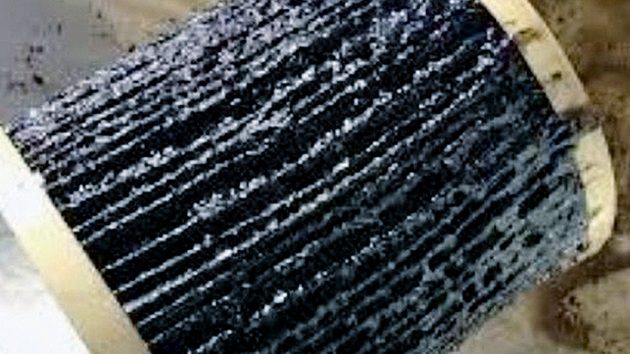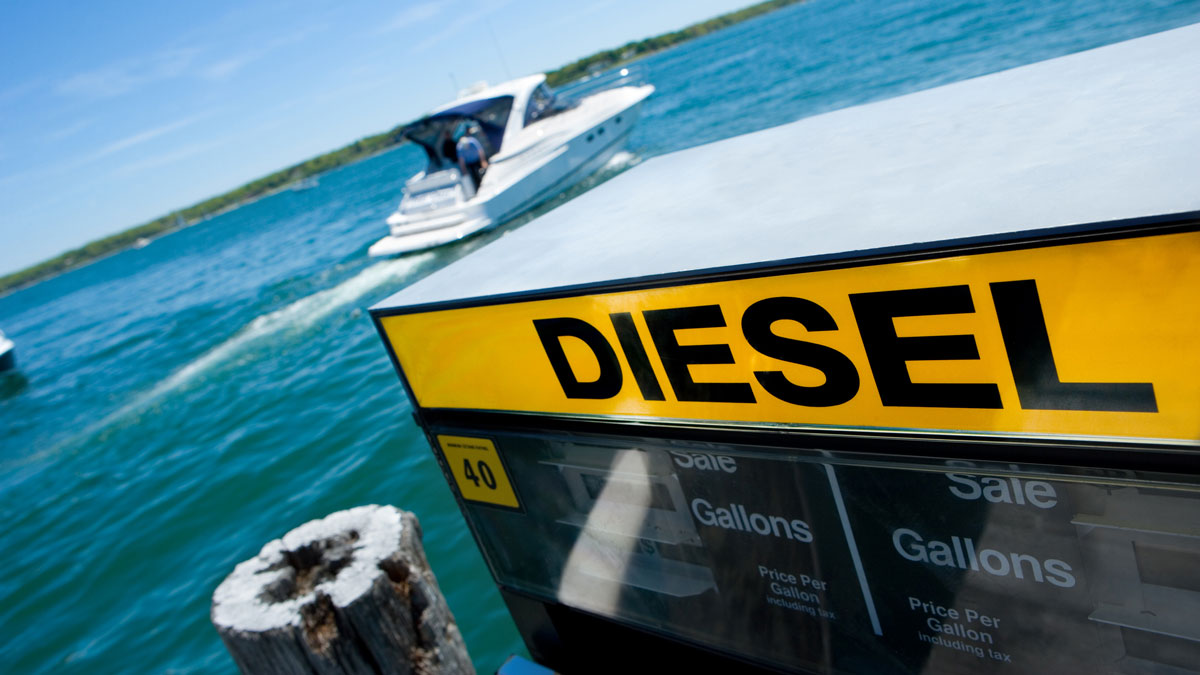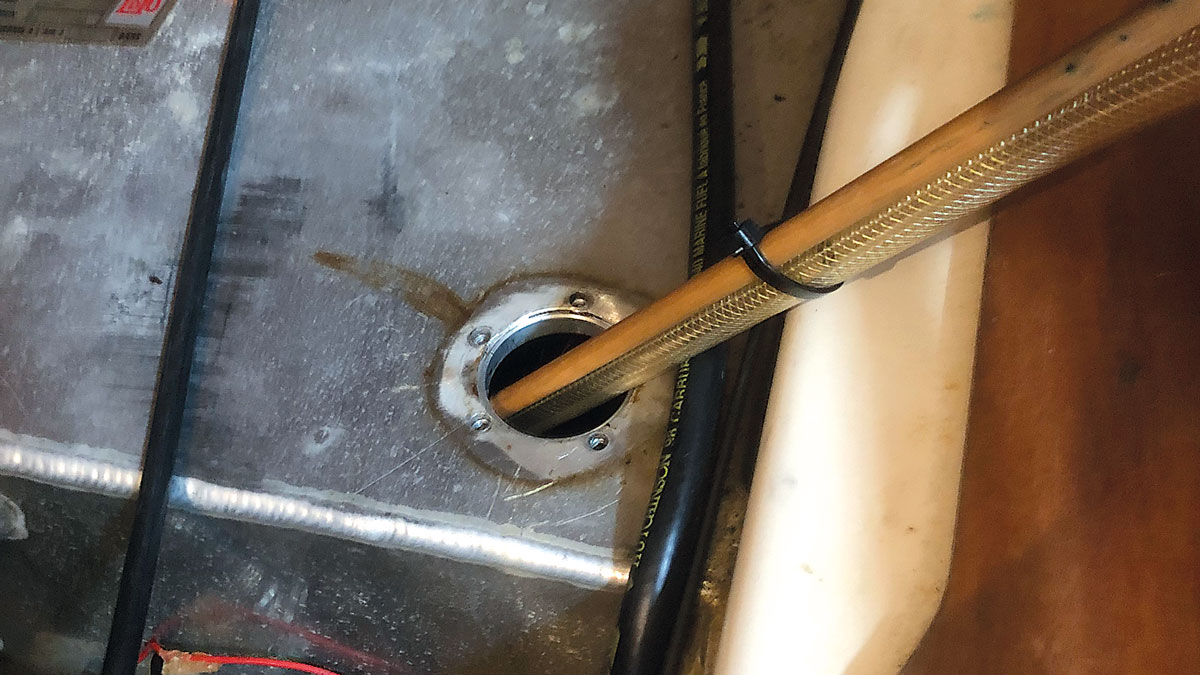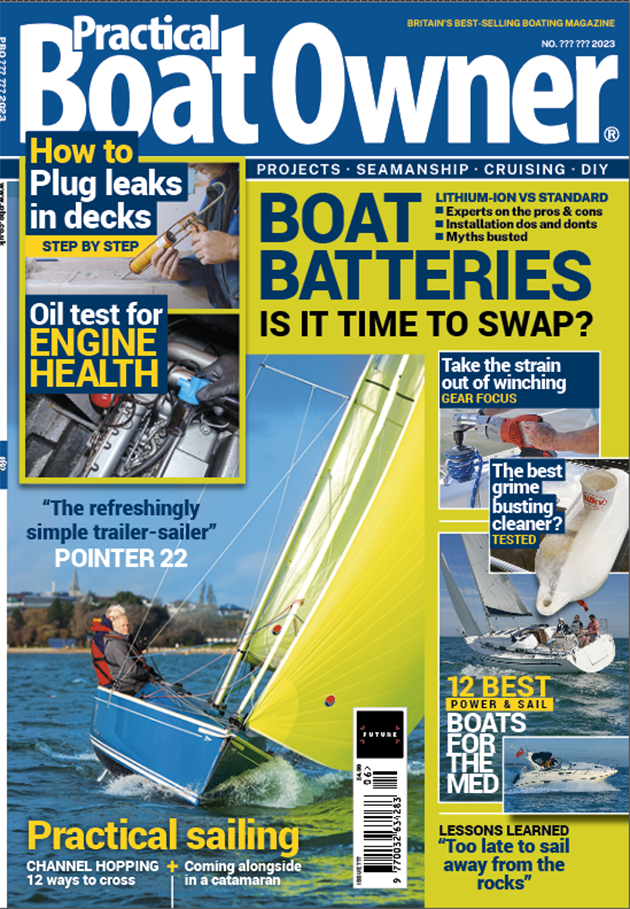PBO reader Nick Houlding wants to know if different diesel bug fuel treatments can be mixed. Peter Wielde from Marine 16 has the answer
The article, How should I look after my fuel to beat diesel bug was both interesting and very helpful.
However, I’d like to ask a couple of extra questions.
It’s often very hard not to end up keeping diesel for many months, so will it help to add a diesel bug treatment at regular intervals or is one application enough?
The article mentions dispersants and additives that claim to remove water and should be avoided but unfortunately doesn’t name any of them!
I have used Soltron for years and it seems to have been really successful in keeping my fuel clean so far.
Recently I have also used Marine 16 products.
Does it matter if these two products (or any other two products for that matter) are used at the same time?
Nick Houlding
Marine 16’s Peter Weide replies:
Diesel Bug Treatment’s (DBT) sole purpose is to kill diesel bug that lives in the water in your tank.
If you can drain the water out of your tank you won’t get diesel bug, but that may not always be practical so a kill dose of DBT at the start of the season will stop any diesel bug from getting a hold. One application is enough.
Enzyme products like Soltron tend to work in similar ways. The enzymes apparently upset the proteins in the diesel bug and the products disperse water into the body of the fuel so it can be burnt in the engine.
No water – no diesel bug.
Continues below…
12 diesel bug treatments tested
Diesel bug can clog filters and starve your boat engine of fuel just when you need it most. Can diesel…
Why isn’t fuel pre-treated to prevent diesel bug? Ask the experts
Glynn Jones writes: “If I have understood the issue correctly, the addition by the oil industry of biodiesel to our…
How should I look after my fuel to beat diesel bug?
Ali Wood gets some bug-beating advice from Marine 16’s Peter Weide and learns why modern diesel requires more attention than…
Diesel shelf life and the infamous bug
Julian Orchard wants to know what the shelf life is for diesel and what he can do to prevent diesel…
Diesel Dipper review: Can this fuel tank cleaner help avoid breakdowns?
For clean fuel you need a clean tank, Tony Davies tries out the Diesel Dipper from Marine 16, which promises…
The problem however is that the fuel now contains water, it doesn’t just disappear.
If that diesel becomes oversaturated and goes through the engine it can have serious consequences for modern common rail engines.
This is the reason manufacturers put alarms and limp home mode electronics on the fuel system – although it’s not just modern engines at risk.
Any engine left for weeks with saturated diesel in its fuel lines is at risk of rusting of components.
Additionally, the saturated water can have an effect on the lubricant qualities of the fuel, causing greater fuel pump and injector wear.
Modern diesel is extremely hygroscopic, it sucks moisture out of the air. If you have a tank with free water (water that is visible) on the bottom of the tank and introduce an additive to absorb it, then along with the hygroscopic effect of the bio content the fuel is getting water contamination from both above and below the diesel which leads quickly to saturation.
Do not mix
At Marine 16 our philosophy is to remove the water, be that via the drain cock, siphoning or fuel polishing.
Water is likely responsible for 80%+ of all diesel problems. Get it out and you are well on your way to stopping a lot of problems.
Using Marine 16 DBT (clear one) with an enzyme-type product may result in the biocide killing the enzymes.
Using Marine 16 DFC (dark coloured one) and the other products that are designed to absorb or disperse water means the products are opposing each other – Marine 16 is trying to remove water while the others are trying to absorb it. So essentially they are different technologies and should not be mixed.
Enjoy reading Can diesel bug fuel treatments work together?

A subscription to Practical Boat Owner magazine costs around 40% less than the cover price.
Print and digital editions are available through Magazines Direct – where you can also find the latest deals.
PBO is packed with information to help you get the most from boat ownership – whether sail or power.
-
-
-
- Take your DIY skills to the next level with trusted advice on boat maintenance and repairs
- Impartial in-depth gear reviews
- Practical cruising tips for making the most of your time afloat
-
-
Follow us on Facebook, Instagram, TikTok and Twitter










